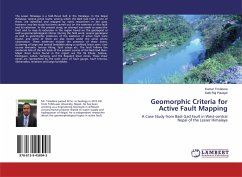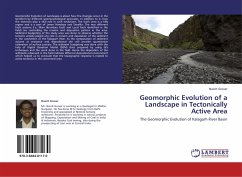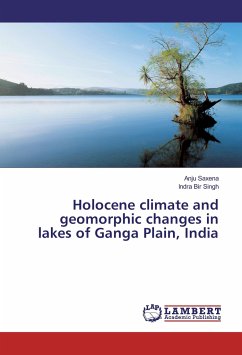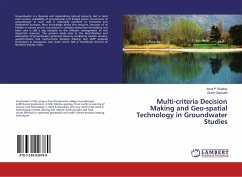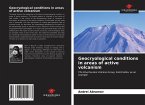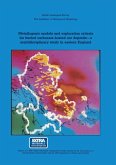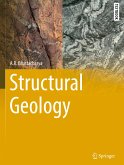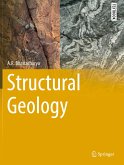The Lesser Himalaya is a fold-thrust belt in the Himalaya. In the Nepal Himalaya, several active faults, among which the Badi Gad Fault is one of them, are identified and mapped by many researchers in the past, however, very less study has been carried out on the existence of this fault and its extension. In the present study, an attempt was made to assess the fault and to map its extension in the region based on the geological as well as geomorphological criteria. During the field work, several geological as well as geomorphic evidences of the existence of active fault were found, and some of them are also found under the aerial photo observation. These evidences include the presence of shear zones, clustering of large and several landslides along a confined linear zone, river course diversion, terrace tilting, fault scarps etc. The fault follows the moderate hills of the left bank of the present course of the Badi Gad River. Major shear zones found in the region are the Tal Khola, Aslewa, Eksingaun, Juhan, Gultung, and the Rupakot shear zones. These shear zones are represented by the wide zone of fault gauge, fault breccias, silickensides, striations and large landslides.
Bitte wählen Sie Ihr Anliegen aus.
Rechnungen
Retourenschein anfordern
Bestellstatus
Storno

